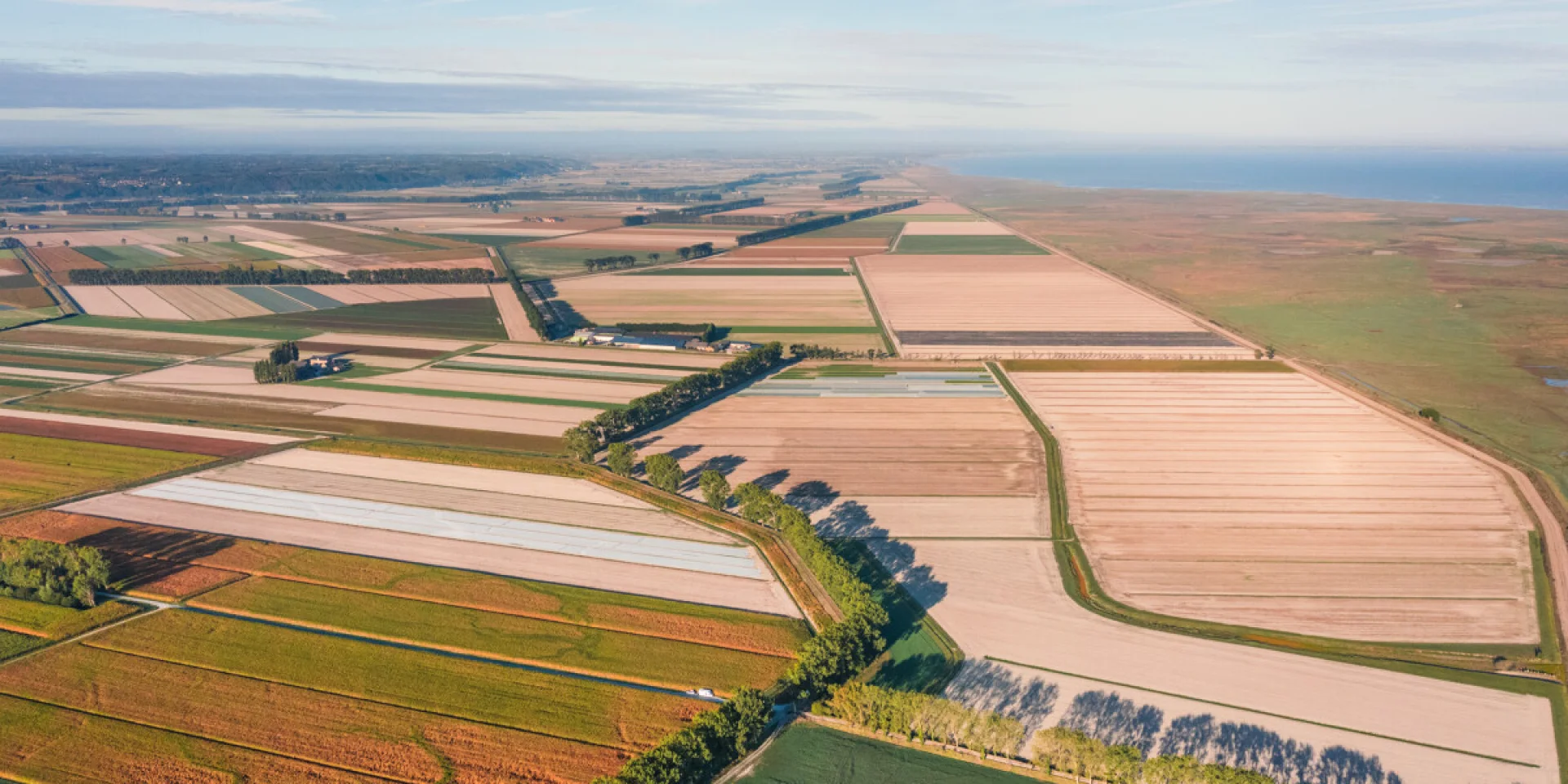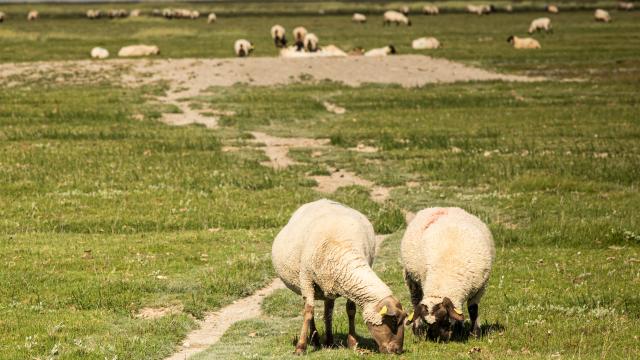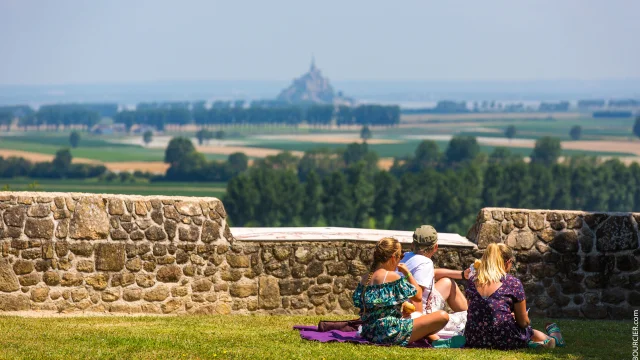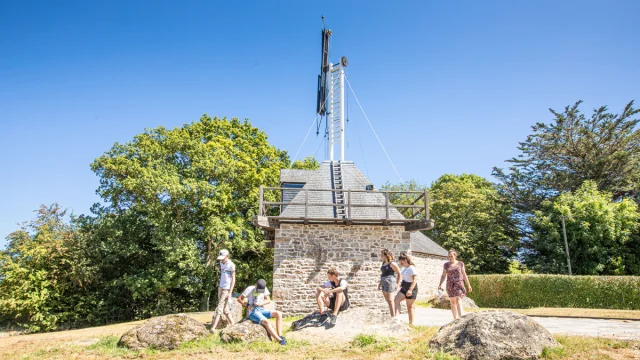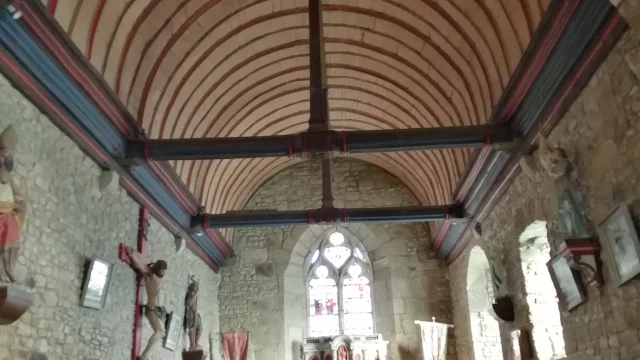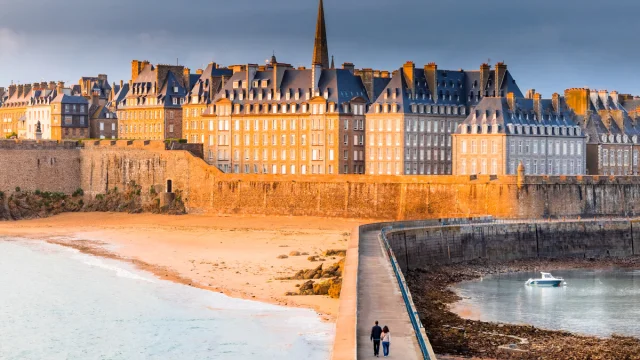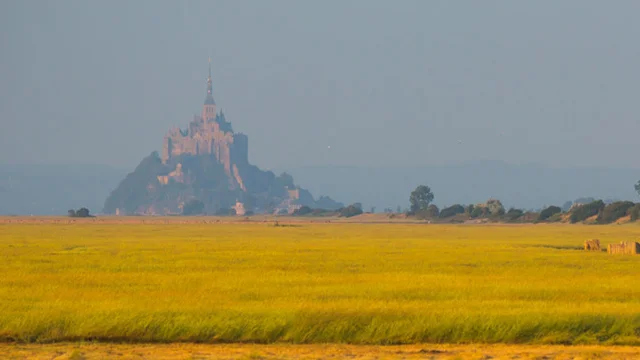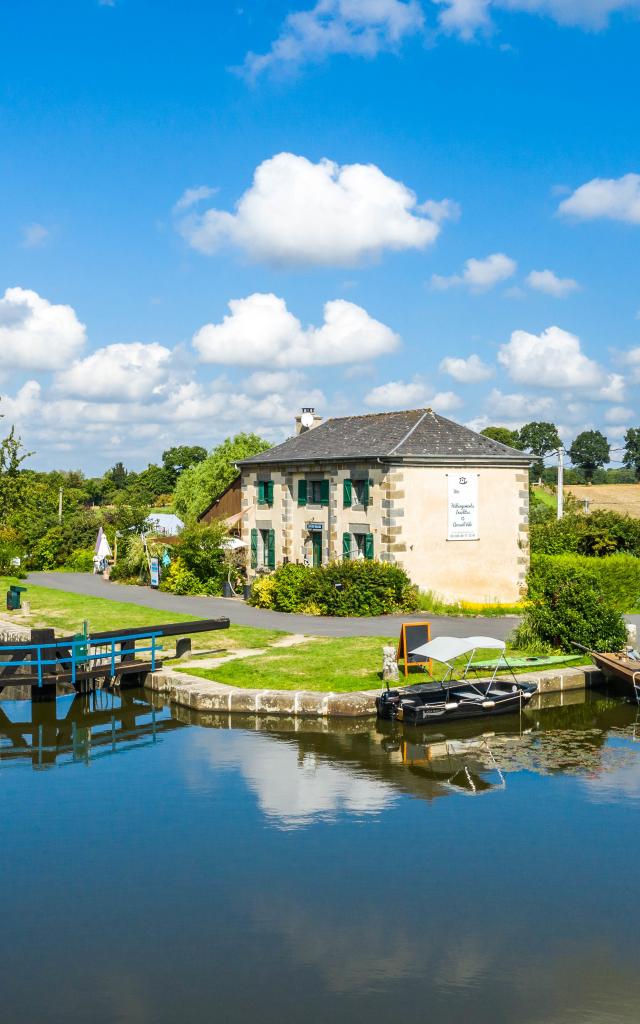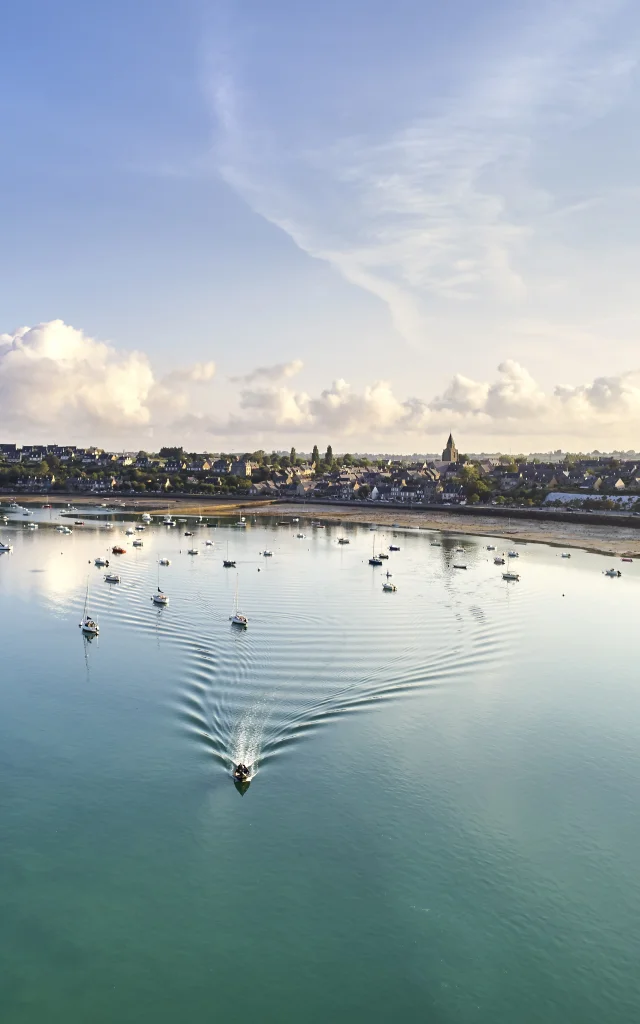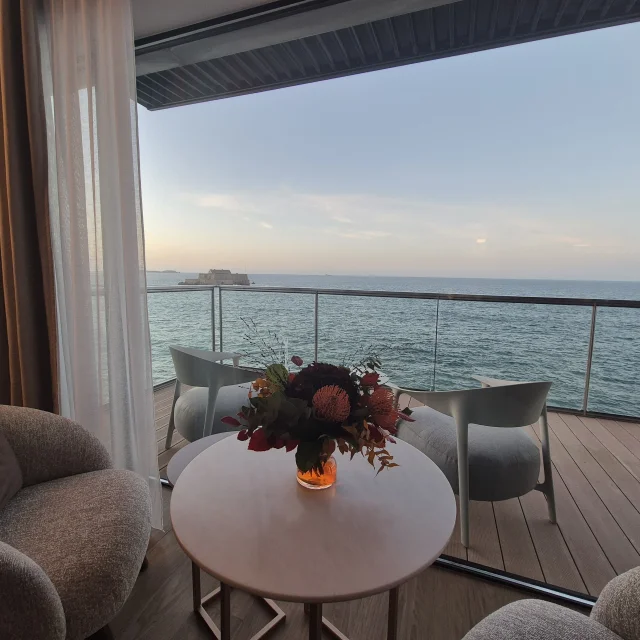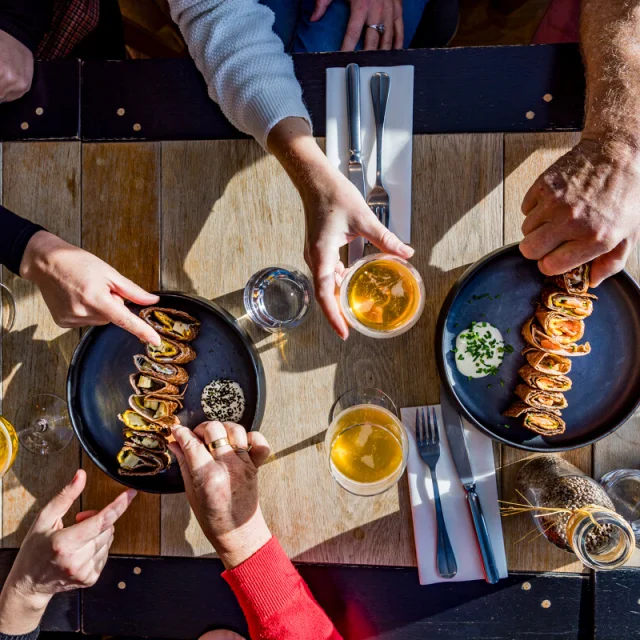1.
Polders
The polders of Mont-Saint-Michel Bay form a unique agricultural landscape in France, 3000 ha of land conquered from the sea, mainly in the 19th century, are now used for vegetable and cereal crops. More specifically, polders are marshes that have been dried out by the construction of dykes, then made arable by desalination.
And to find out more, it’s here!
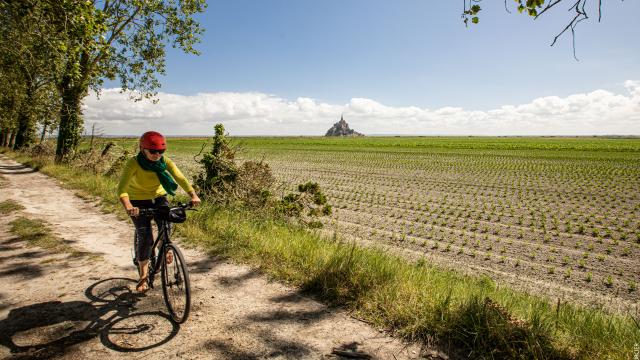 Photographe
Photographe